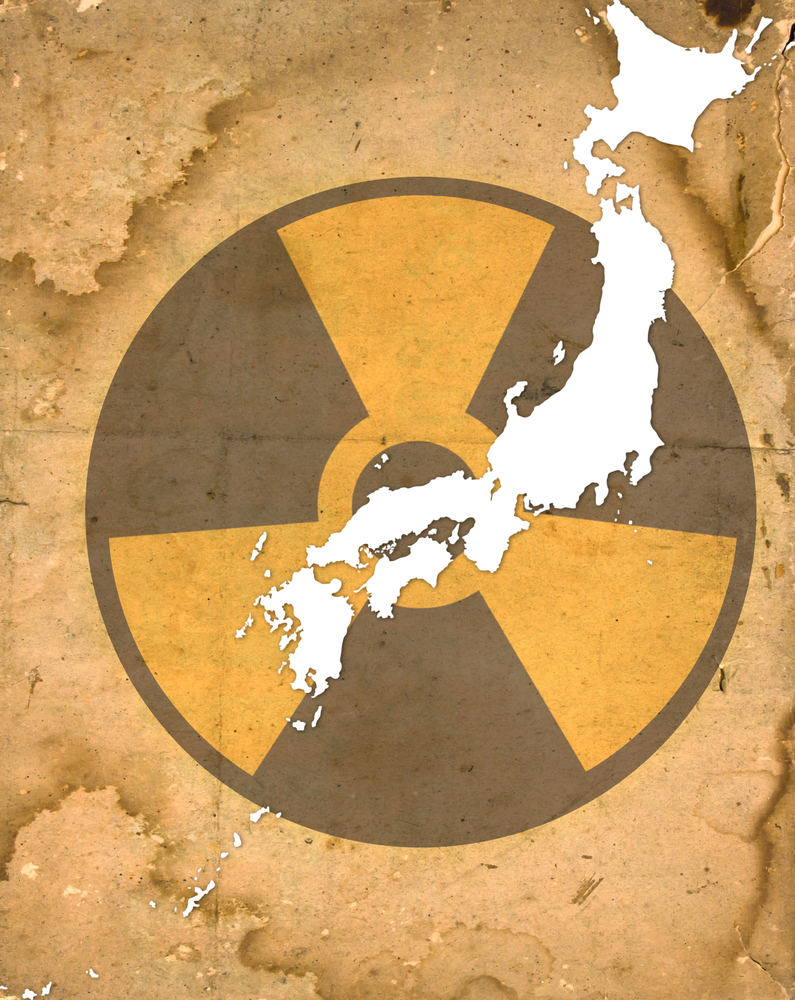

About 7 tons of highly radioactive water leaked from a desalination facility Wednesday at the severely damaged Fukushima Daiichi nuclear power plant but did not reach the sea, plant operator Tokyo Electric Power Co. said.
Workers accidentally disconnected a pipe to the facility and caused the leak that continued for more than an hour in the morning, it said, adding that six of the 11 workers were covered with toxic water but unlikely to have suffered internal exposure.
Nuclear Regulation Authority Chairman Shunichi Tanaka told a press conference that the exposure of the workers would likely be small as long as they wore full-face masks and boots, but added the frequent troubles at the plant caused by what appears to be carelessness is “serious.”
TEPCO said the water leaked from about 9:35 a.m. and the liquid contained some 34 million becquerels per liter of radioactive substances that emit beta rays such as strontium-90. Water containing more than 30 becquerels of strontium-90 per liter is not allowed to be released outside.
In a press release, the company said “all of the water was kept inside a barrier” to prevent the spread of contamination.
TEPCO continues to face difficulties in managing the massive quantity of toxic water created as a result of continuing water injections into the three reactors that experienced meltdowns during the nuclear crisis that erupted in 2011.
Water used to cool the reactors passes through facilities that reduce radioactive cesium and remove salt before it is stored in tanks. The water that leaked had undergone the cesium-reduction process but still contained about 1,690 becquerels of cesium per liter, and was due to be desalinated.
It took more than an hour until the leakage stopped because workers experienced difficulties reconnecting the pipe.
The incident occurred after nuclear regulators ordered TEPCO just last Friday to improve its management of the contaminated water following a series of troubles caused by human error.
Last week, TEPCO said about 430 liters of radioactive water leaked from one of the tanks, and some of it flowed into the Pacific Ocean.
Water spilled after workers tried to inject more water into the nearly full tank. The tank was not equipped with a water-level indicator and was set up on unlevel ground.
The NRA said Wednesday it had not found any rise in radiation in the sea near last week’s incident, and that the amount of radioactive material that leaked was several 10 thousandths of that estimated to have escaped from another tank in August.
Gallagher Re has shed light on the significant challenges insurers face when providing coverage for…
The Australian government will disburse AUD 1.7 million (USD 1.1m/EUR 1m) in grant funding to…
GlobalData’s latest report, ‘Asia Pacific Renewable Energy Policy Handbook 2024’ is among the latest region-specific…
The electrical generation market is facing a number of challenges, including the need to increase…
Nuclear energy has emerged as a prominent player in Asia's energy landscape, offering a reliable…
The pursuit of a low-carbon future has gained significant momentum globally, and Asia stands tall…